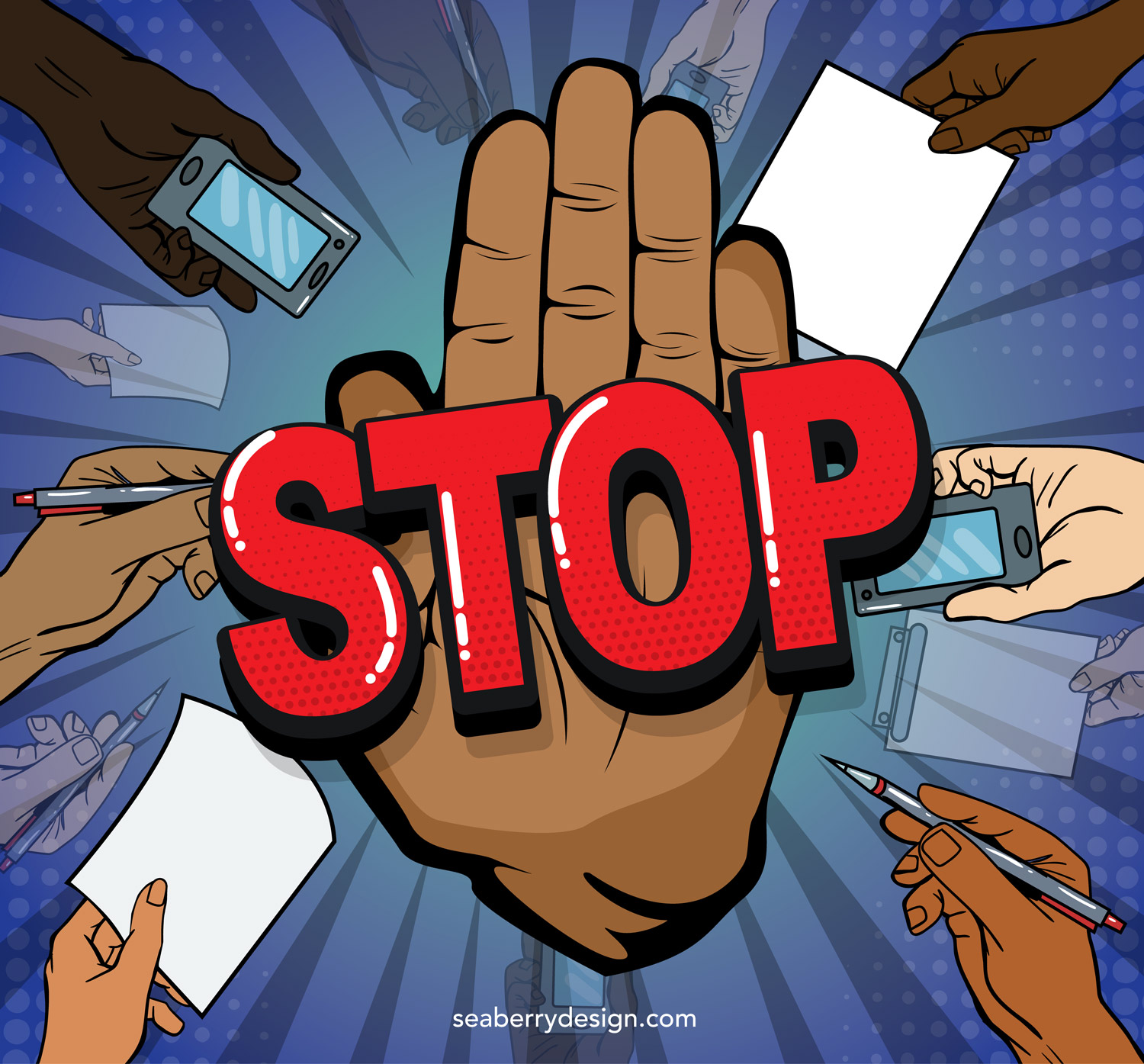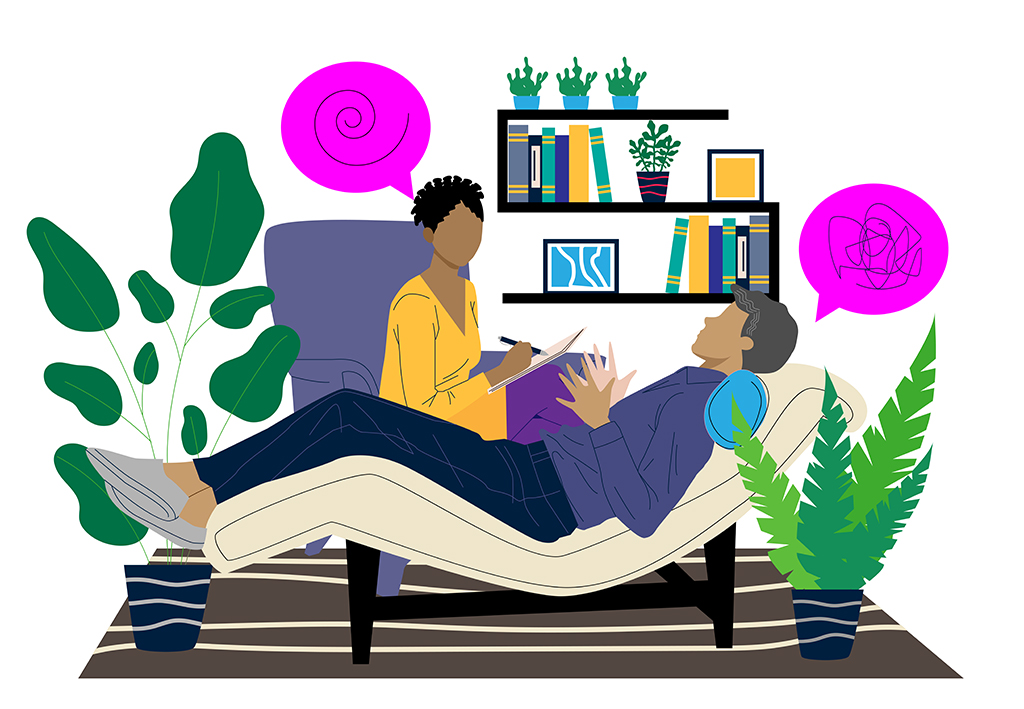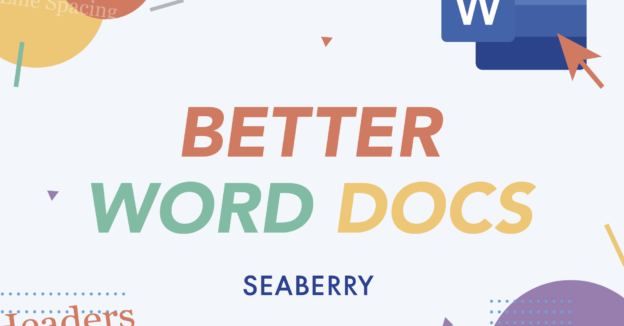In a changing economy, markets shift. The current pandemic is proof enough. As the Coronavirus ravages the world, most economies have contracted. Consumer habits have changed and as a result, so have business practices. Even with the advent of a vaccine, some of the changes will become permanent. The result will be a re-imagining of the business landscape to a degree, and certainly in ways that both increase efficiency and value.
One way we’ve worked to provide more efficiency and value for our clients is through a concept called Sokoto which is a Nigerian word for “marketplace.” The Sokoto (pronounced Shō-kō-tō) concept is all about bringing together varied services to create a powerful, efficient tool to service a targeted market.
When customer behaviors and market conditions change, businesses look for more efficiency and greater value from outside contractors to meet new market challenges. As practices like teleworking, made more prevalent by pandemic conditions, become a larger part of the business ecosphere, businesses will look to occupy less or certainly cheaper office space. As marketing budgets shrink or practices change, businesses will look for more efficient ways to reach targeted audiences. In short, a contracted economy will mean a contracted bottom line which without doubt will affect every service sector including creative agencies.
The need for creative agencies doesn’t disappear. In fact, now and for the near future at least, competition for customers is increasing, making advertising and customer outreach more important than ever. Market conditions are placing increasing pressure on maintaining high levels of consistency and quality across the spectrum of creative services, from graphic design to video production. What is needed in the creative sector is a more efficient and streamlined method of service delivery that saves clients time and money.
That’s why we launched the Ṣokoto Creative Alliance — a market concept based on the idea that having important creative services in one place saves time and money. Customers save time and money associated with searching, traveling about and connecting creative services. Alliance partners save time and money in understanding customer needs and coordinating customer service. The Sokoto Creative Alliance is the creative agency of the future.
The alliance provides a single point where ideas, brands and products can be moved from concept to successful expression. It’s a partnership of extremely talented creative firms that include award winning graphic designers, experience designers, Emmy Award winning videographers and a host of talented support staff.
Sokoto exists for everyone on the spectrum of creative need. Whether you have an established product or service or just an idea, Sokoto provides the resources to envision, create, design and reinforce success for a Brand, product or service in the marketplace It’s like forming a cloud of creative energy around a company.
>Because Sokoto is a marketplace, individual services are readily available. So, if your company needs graphic design, promotional or instructional video, user-centered brand development or even ad specialties, it’s all there.
But the real value is in the collaboration between members when more than one service is needed. Because foundational to the creation of the Sokoto Creative Alliance is a set of core operating principles that ensures a seamless transition from one partner to another should the need arise. There’s no need to change project leads, tell your story numerous times or even track multiple invoices. That’s the real strength of the alliance and the efficiency and value Sokoto brings to businesses. There is a cost savings for clients and partners in centralized management and some shared expenses.
Of course, the idea of a creative marketplace is not entirely new. The concept has been practiced by at least one of the top independent design consultancies in the world. Pentagram Design offers nearly everything from graphic design to Architecture and is run by partners with expertise in their prospective areas.
The Sokoto Alliance, though, is truer to the organic concept of a marketplace and thus more accessible to small and midsize companies as well as the larger clients. What’s more, like a truly diverse marketplace, the diversity of its partners and staff are valuable tools in helping clients navigate an ever-changing cultural landscape.
There is wonderful story about how the idea for the creative alliance came about. While Sokoto is the Nigerian word for “market.” It’s also the name of a style of pant popular in the country. The dual use of the word is the basis of a wonderful Nigerian proverb that says, "Sometimes what you're looking for in Sokoto is right in the pocket of your Ṣokoto."
What drives alliance members is being able to meet all of the challenges clients face, as they launch or build upon the success of their brands, in one place — a marketplace of creativity — Sokoto.



















